The Definitive Granny Flats Australia Guide
The Definitive Granny Flats Australia Guide
The Australian Granny Flat Boom
Granny Flats in Australia are a relatively recent phenomenon and are technically termed ‘Secondary Dwellings’ here in NSW. The Canadians are now building them and the Europeans have been building them for decades. The English have been converting garages into additional living spaces for even longer. But the overriding motivation to the global rise in granny flats has been demand. The demand for affordable rental housing is rising as cities become more and more populated. It’s a global trend that is on the rise.
A Changing Landscape
Until recently, Australian properties were typically quite large, with smallish homes and huge back yards. This has all changed though, with newly established estates boasting massive two storey homes and only modest rear yards. So the trend has flipped from the days of fibro cottages on 1000 sq m blocks. This is part of a growing trend across all Australian cities and regional centres. With demand for space rising and supply dwindling, granny flats are a logical progression in providing much needed affordable housing. They’ve been earmarked by State Government’s as the saving grace to the rental crisis. In the Sydney outer suburbs, granny flat construction is booming. The suburbs with the most growth are:
- Blacktown Region
- Campbelltown Region
- Penrith Region
The remaining developments are spread across many of Sydney’s other main suburbs. Recently, we’ve approved quite a few secondary dwellings in Sydney’s Northern Beaches suburbs like Manly, Brookvale and Pittwater. Other popular areas include the Bankstown region, Parramatta and Ryde. Granny flats are now legislatively endorsed as a solution to the Australian housing crisis. The income which can be generated in regional towns has not being ignored either.
Australia’s Growing Rural Trend
Many savvy investors in NSW Rural regions are also seeing the benefit of developing their own land. With lower interest rates comes increased borrowing capacity as well. Many rural regions are seeing a rise in granny flat development, especially in mining towns like:
- Ipswich Granny Flats
- Mt Isa
- Newcastle
- Orange
- Parkes
- Ballarat
- Bendigo
- Newcastle
- Cobar and
- Cooper Pedy, just to name a few

Granny Flats Guide
Granny Flats Sizes
Granny Flats are mini-houses which are a maximum of 60 square meters. Queensland allows larger buildings but at this time (April 2013), only a handful of councils allow them to be rented out for rental income. Two Sydney Councils currently allow them to be 65 square meters but they also require additional works. This includes extra parking and stricter development controls. These Council are:
1. Hurstville City Council
2. Kogarah City Council
Who Builds Granny Flats?
Granny Flats are a new development trend in Sydney. Many home occupiers are gaining approval and then build them in their own back yards as owner builders. Investors, on the other hand, are hiring builders to complete their project from start to finish. This includes design, approval and construction. After construction there’s usually more work to do such as laying turf, installing additional parking, installing an extra clothes line, adding mail boxes and additional garbage collection.
Granny Flat Prices – The Good, The Bad and the Outrageous!
The rising trend has availed many builders to stop building homes and focus instead on building granny flats. The simplicity and relative ease of building granny flats has seen a growth in builders moving to this type of development. In 2009, there were only two or three builders in NSW. Today, we see dozens of would-be granny flat builders emerging. The important concern for investors is ensuring they are charged fairly for their granny flat development and that they’re getting quality inclusions for their money. Many kit home companies are also jumping on the bandwagon with what seems to be a cheaper option. But are these prices true representations of a complete build or just dangerous advertising? Are kits up to the required standard? Is building granny flats the same as building houses? Who can you trust? See below on how to stay tuned with granny flat trends across NSW and Australia.
Granny Flats are Unique Buildings
Granny Flats are different to main dwellings insomuch as they must be designed to exist in harmony with the main dwelling. They should not dominate or detract from the front house, nor should they be unsightly. Granny Flats must also share the infrastructure with the rest of the main house. This means that sewer, electricity, water and telephone lines need to be run from the main dwelling to the new cabin. The most important aspect of a granny flat is that it must be sited to create privacy and separation form the front house. This means promoting separate open spaces plus adequate acoustic and visual privacy. It’s vitally important that these dwellings be designed by experienced people who are genuinely interested in the end result. Will your new granny flat be attractive to tenants, today and forever?
Granny Flats now and into the Future
There’s no doubt that we’ll be seeing a lot more granny flats being built right across Sydney and the rest of Australia. Local and State Governments have recognised the need but are also concerned about the impact to infrastructure and the overall impact to the neighbourhood. Their concerns are valid. As more and more of these buildings are constructed, we’ll no doubt see new regulations about materials used, articulation and aspect. These buildings should be sited and created to be sympathetic to the natural and built environment. New developers should get themselves involved with pier groups. These groups will advise them on who to employ for the design, approval and construction. The bottom line is that it pays to use people who build granny flats every day. Check out their completed work and talk to their previous clients. This is the best way to ensure you’re being treated fairly with regard to price and quality.
The Rush for Granny Flats
Right now is a great time to build granny flats, with the NSW State Government legislation allowing construction across the board. We believe that backyard cabins will become more prevalent into the future due to the demand for affordable rental housing. The legislation will undoubtedly change as local Council’s demand they be built in harmony with the respective neighbourhood. Perhaps now is the best time to get started, whilst the legislation is relatively easy to conform to.
Stay Tuned
This article was written in February 2013, nearly four years since the NSW State Government allowed granny flats to be approved. As you read this, they can be approved as fast, 10 Day Approvals. The demand is certainly growing asymptotically. We have organised five main categories, providing free info for investors and builders. These categories are:
1. Granny Flat Approval Guides
2. Granny Flat Building Guides and Tips
5. Garage into Granny Flat Conversion Guides
These five categories cover the latest news in Australia and more specifically for Sydney and Rural NSW. We invite you to subscribe to our blog and to visit our website for regular updates on all things relating to granny flats in Australia.
About the Author: Serge Panayi is the Owner and Designer at GrannyFlatApprovals.com.au. He regularly contributes to national development workshops and forums on residential development in Sydney.
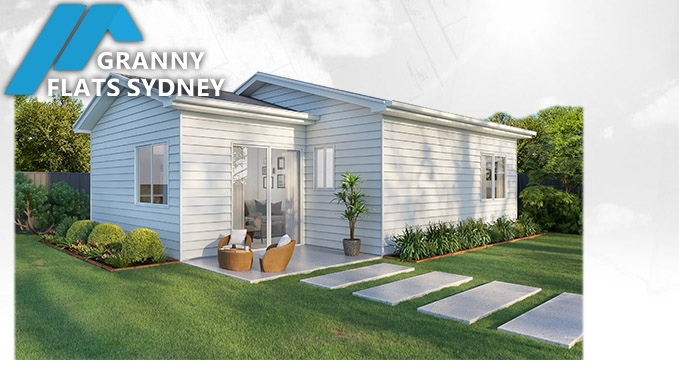
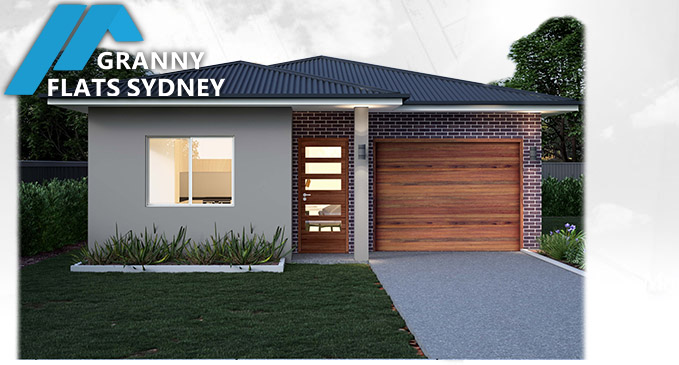
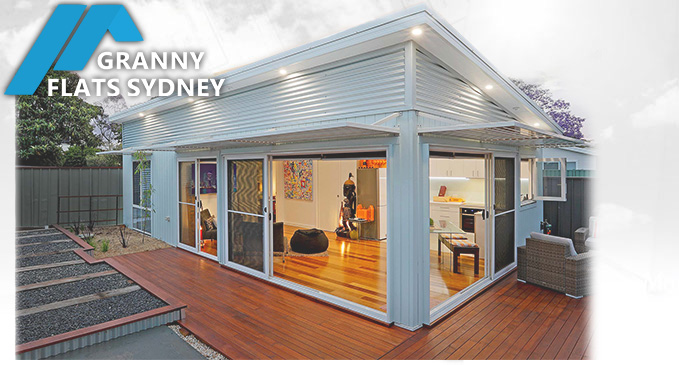
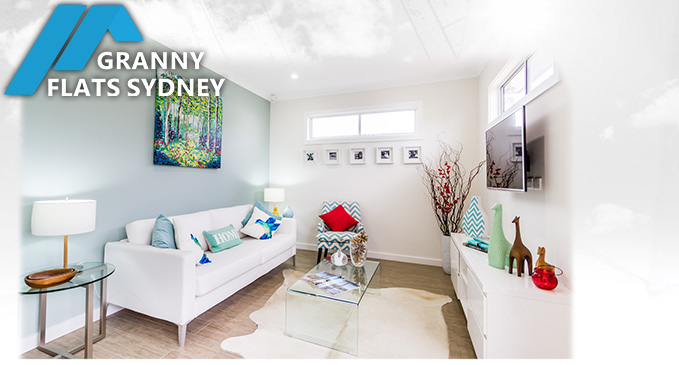
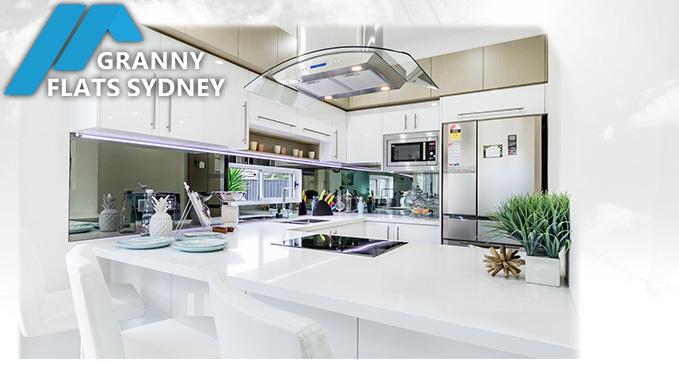

























2 replies on The Definitive Granny Flats Australia Guide
Hi Serge,
Thanks for the heads up on the Sydney granny flat boom. I’m actually looking at Newcastle due to lower prices. Are you still approving granny flats in this area?
Hi Mike,
Yes we do approvals and builds in the greater Hunter Region.
Newcastle is an excellent investment area with large blocks and lower prices. Research which suburbs are doing better. Access to transport, proximity to Shopping and the University should be at the top of your list.
Serge.